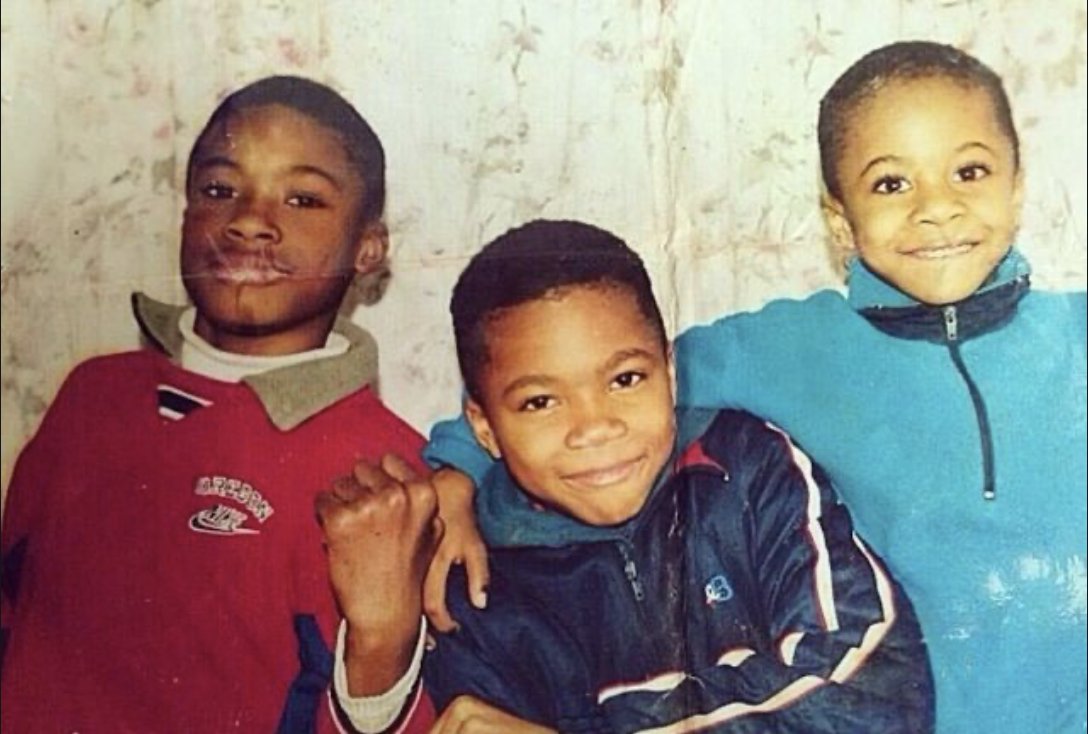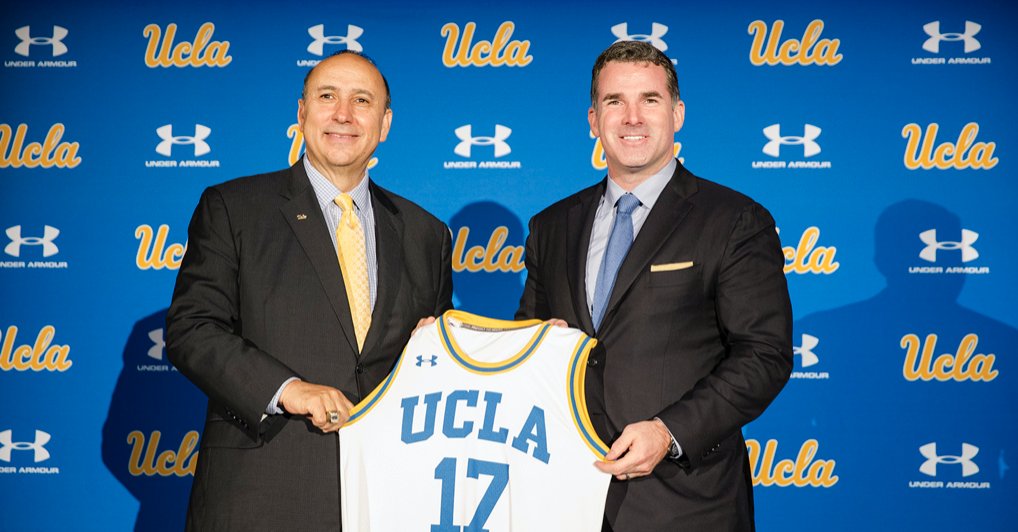
Michael Jordan, along with Denny Hamlin, founded a NASCAR team called "23XI Racing" earlier this year.
The part you didn't know?
This isn't MJ's first professional motorsports team.
Time for a thread 👇👇👇
The part you didn't know?
This isn't MJ's first professional motorsports team.
Time for a thread 👇👇👇
1) First, let's set the stage...
Born and raised in North Carolina, Michael Jordan grew an affinity for motorsports — riding dirt bikes & attending NASCAR races as a kid, eventually graduating to motorcycles.
But when he got drafted to the Chicago Bulls, everything changed.
Born and raised in North Carolina, Michael Jordan grew an affinity for motorsports — riding dirt bikes & attending NASCAR races as a kid, eventually graduating to motorcycles.
But when he got drafted to the Chicago Bulls, everything changed.

2) When Michael Jordan was drafted by the Chicago Bulls in 1984, his $6.3M contract included a specific clause.
MJ was prohibited from riding motorcycles.
Despite a dominant underground motorcycle culture in Chicago throughout the 1990's, Jordan obeyed.
Until he retired…
MJ was prohibited from riding motorcycles.
Despite a dominant underground motorcycle culture in Chicago throughout the 1990's, Jordan obeyed.
Until he retired…
3) After retirement in 2003, Michael Jordan commonly rode his Ducati around Chicago.
One night, when he stopped for gas, MJ ran into a rider named James Casmay — who told MJ to call him if he ever wanted to ride together.
Two days later, MJ called.
"It became a nightly thing.”
One night, when he stopped for gas, MJ ran into a rider named James Casmay — who told MJ to call him if he ever wanted to ride together.
Two days later, MJ called.
"It became a nightly thing.”
4) Shortly after becoming friends with James Casmay & another rider named Montez Stewart, Michael Jordan found himself getting competitive.
MJ rented out a racetrack & had Stewart teach him how to to take a knee while cornering.
"The bug bit him & he was ready to go after that”
MJ rented out a racetrack & had Stewart teach him how to to take a knee while cornering.
"The bug bit him & he was ready to go after that”

5) Just weeks after going to the racetrack, Michael Jordan called Montez Stewart back with an idea.
MJ wanted to discuss Stewart's racing career and his continuous search for money to do it competitively.
Within a month, Michael Jordan Motorsports was born.
MJ wanted to discuss Stewart's racing career and his continuous search for money to do it competitively.
Within a month, Michael Jordan Motorsports was born.

6) From 2004 to 2014, Michael Jordan Motorsports won a couple races but ultimately realized what all privately funded teams do:
"We had no chance of winning"
Why?
Without the parts & technology that manufacturers like Suzuki & Yamaha had, MJ was at a severe disadvantage.
"We had no chance of winning"
Why?
Without the parts & technology that manufacturers like Suzuki & Yamaha had, MJ was at a severe disadvantage.
7) In total, Michael Jordan was spending $1M annually to fund his team — with sponsors covering the remaining $4M of the budget.
But in 2014, with declining viewership & sponsors leaving, the team shut down.
The interesting part?
With NASCAR, he's taking a different approach.
But in 2014, with declining viewership & sponsors leaving, the team shut down.
The interesting part?
With NASCAR, he's taking a different approach.

8) Here are the economics for a typical NASCAR team:
— Costs $400,000 to build a car
— Expenses run $1M+ per race
— Annual team costs run $20M to $30M
Jordan's plan?
Through partnership deals with Toyota & Joe Gibbs Racing, he plans to do it much cheaper & faster than normal.
— Costs $400,000 to build a car
— Expenses run $1M+ per race
— Annual team costs run $20M to $30M
Jordan's plan?
Through partnership deals with Toyota & Joe Gibbs Racing, he plans to do it much cheaper & faster than normal.
9) Michael Jordan's NASCAR team plans to leverage the expertise of Toyota & Joe Gibbs Racing.
Rather than build & service their own cars, they'll write Toyota & Joe Gibbs an annual check for equipment, cars & services throughout the year — allowing them to compete immediately.
Rather than build & service their own cars, they'll write Toyota & Joe Gibbs an annual check for equipment, cars & services throughout the year — allowing them to compete immediately.

10) While celebrity-backed NASCAR teams involving Dan Marino & Julius Irving have failed in the past, you shouldn't expect the same result with Michael Jordan.
Why?
He has a decade of experience, he's super competitive, and he has deep pockets — that's a dangerous combination.
Why?
He has a decade of experience, he's super competitive, and he has deep pockets — that's a dangerous combination.
11) If you enjoyed this thread, you should:
1. Follow me, I tweet cool sports business stories everyday.
2. Subscribe to my free daily newsletter where I give detailed analysis on topics involving the money and business behind sports.
readhuddleup.com
1. Follow me, I tweet cool sports business stories everyday.
2. Subscribe to my free daily newsletter where I give detailed analysis on topics involving the money and business behind sports.
readhuddleup.com
Also, don't forget @AthleticBrewing is the reason I'm able to create sports business content full-time.
If you want to support me, buy some beer - it's really great stuff.
Use code "JOE25" for 25% off at athleticbrewing.com
If you want to support me, buy some beer - it's really great stuff.
Use code "JOE25" for 25% off at athleticbrewing.com
• • •
Missing some Tweet in this thread? You can try to
force a refresh









